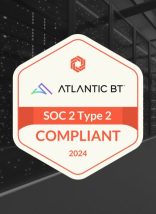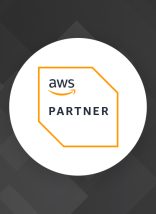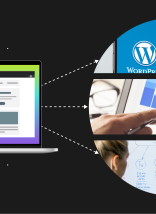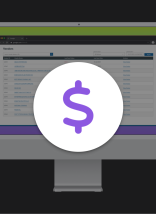What is Google Boost?
Google Boost is a new advertising platform that Google has begun to roll out to all industries across all cities in the world. In short, the platform allows you to pay for placement at the top of the page when an individual searches for a keyword that matches your industry. In the example shown below, you will notice the individual has typed “Asian restaurants San Francisco.”

Can you spot the Google Boosted ad?
Aside from the red box highlighting the Google Boosted business, the blue arrow is quite noticeable both on the map and at the top of the page. Google Boost gives the business room to place a well written ad that explains their business in more depth. “A fresh take on Asian street food. Made with farm-fresh ingredients.”
Assuming the individual is in San Francisco, I believe that they only needed to type “Asian restaurants” to get the same result. If you type in “Chinese food” in Google without a city, it will most likely display results of local Chinese restaurants. Not only will the individual who is searching for “Asian restaurants San Francisco” pull up the Google Boosted ad, but so will another individual who lives in San Francisco that searches for “Asian Restaurants.”
The Business Case
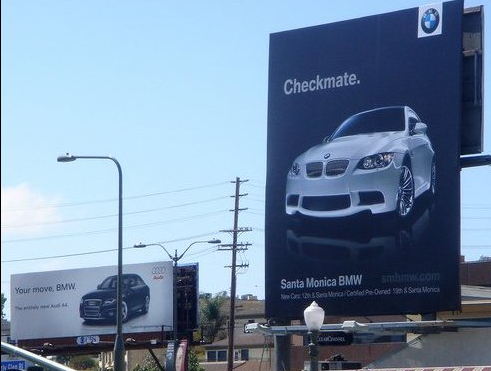
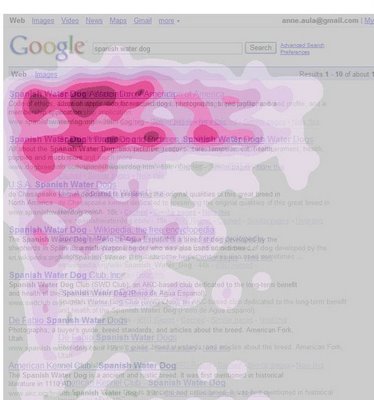
Another way Google Boost can help (or hurt)
If you take a better look at the Google Boost ad, you will notice five yellow stars. By now, most Internet users are familiar with the yellow stars and can quickly associate that with reviews. The following report performed by Kudzu.com tries to show how important consumer-generated media (CGM or in layman terms reviews) really is.
When 600 users were surveyed in December 2008:
86% of shoppers said product evaluations and reviews influenced their purchasing decisions.
Of those 3,000 conversion focused users, 2,820 – 2,910 are searching online for your product / service before setting foot into your store. Of the 2,820 – 2,910 visitors 2,425 – 2,502 are allowing reviews to influence their purchasing decision.
So, if you start getting reviews that are negative it may be wise to hire someone who takes care of your online reputation management. It is also a good move to give some perk to customers who choose to give your business feedback / review online.
Why Google Boost then for this audience segment?
- Your business is local.
- Your ad / business is displayed prominently in the area where clicks are coming in the most.
- Low cost (several hundred dollars a month) for a local person interested in your product / offering.
- Pay per click is only growing in popularity.
- You have the opportunity to tell people about your business first before they read the rest of the page.
- Your UVP is displayed first. UVP stands for Unique Value Proposition. Remember, these individuals are still smart shoppers and most likely bargain hunters. So, having your UVP (also known as competitive edge) be the first thing they read is extremely important.
I would like to expand on point #6 because it is 100% necessary to have one when targeting online shoppers. In the previously shown screenshot, the UVP is that they use, farm-fresh ingredients.
Let’s assume the example business we own is a car repair shop. There are five competitors who will most likely rank within the top half of the Google page when the user searches for “car repair in Raleigh.” Having your Google Boost ad say, “Car Repair Shop located in Raleigh.” is less effective than delivering a clear UVP such as, “Car Repair Shop with Competitor Price Matching.”
Oh…nobody trusts pay-per-click…right?
- 18% more clicks Q4 2010 compared to Q4 2009.
- 11% more clicks Q4 2010 compared to Q3 2010.
- $8,170,000,000 of its $8,440,000,000 billion dollar revenue came from pay per click.
- 26% growth when comparing 2010 to 2009.
Takeaways
- If you are a local business who relies on customers, I’d recommend getting started today.
- The pay per click market is growing. Google Boost is similar to a pay per click system and I maintain that it will have a high chance of growing alongside that market or turning into pay per click altogether.
- The majority of people making purchases are doing research online for local shops prior to the trip to the location.
- Have a Unique Value Proposition ready if you want to create a Google Boost advertisement.
Please feel free to comment with any questions or counter points.




